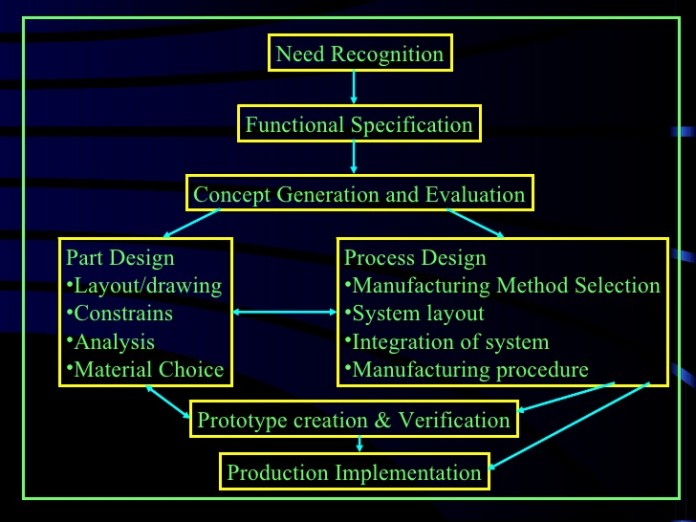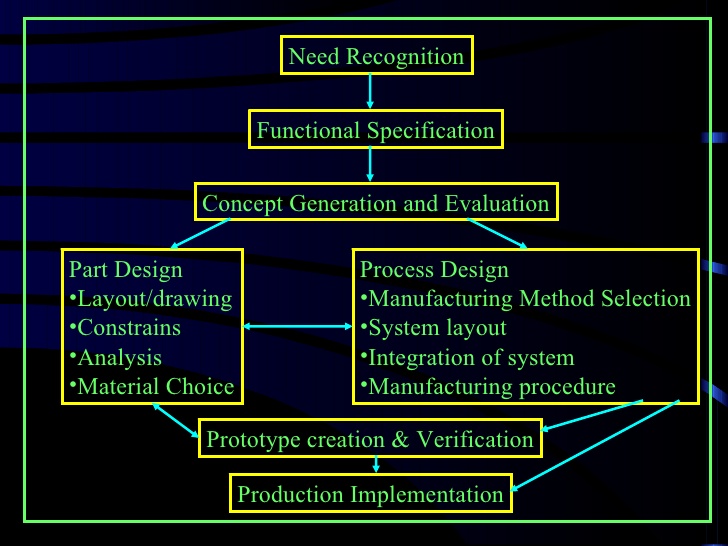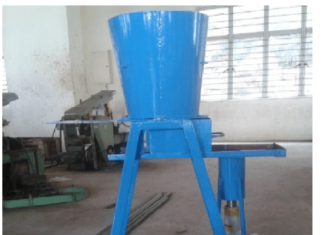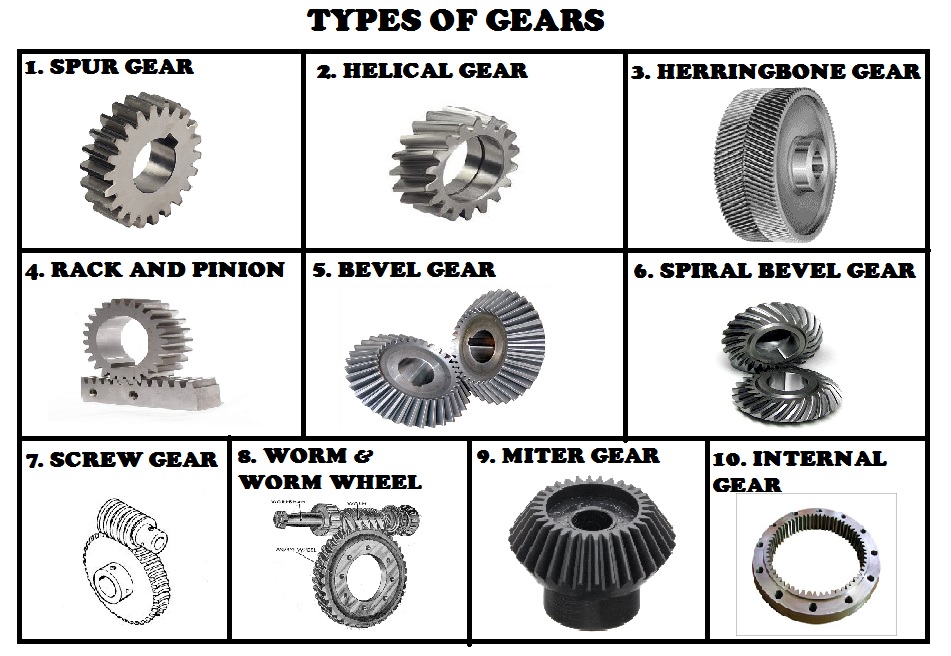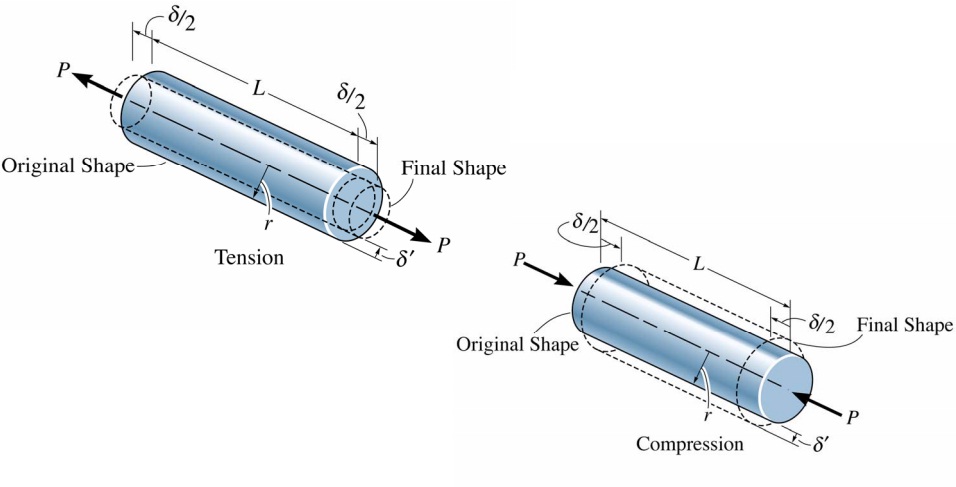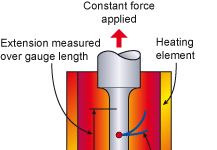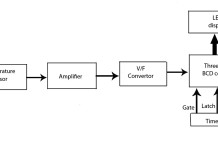MATERIAL SELECTION PROCEDURE FOR COMPONENTS
For selection a material for a particular application, one has to take into consideration various physical and mechanical properties of the material. Selection of material for a manufacturing process is an important decision. In many instances, the selection of a specific material can even dictate the manufacturing process to be used. The selection of material also has an influence on the final cost of the product. It is important to note that the material cost accounts to approximately 50% of the manufacturing cost. Hence, selection of manufacturing process for a material must be made with the due care. The stepwise approach for material selection is as follows:
1 Initially material requirement is identified by keeping in view overall objectives of the part for which the selection of material is made. These objectives can be referred with reference to cost, durability, life, etc.
2 The material requirements are identified through a number of materials. For example, low specific weight requirement is met by aluminium and also by nylon. Make a list of all such materials that meet all or most of the, requirements.
3 In case when more than one material appears to be suitable, the final choice should be determined by considering influencing factors and restrictions like availability of raw material, cost, inhibitions of aesthetics, and so on. For example, when we want to select a material for manufacturing coins, the requirements are: the material should possess good ductility, hardness, corrosion resistance, high plasticity, and should be light in weight. The list of materials that satisfy these requirements is large including gold, silver, copper, and their alloys. Final selection may be made taking into consideration cost and availability. As another example, one uses stainless steel for manufacturing shaving razor blades because the material selected should have good malleability (ability to be hammered into thin sheets), corrosion resistance, more abrasive resistance, and economical. The edge may be alloyed to make it hard and retain sharpness.
The material selection procedure for the following products is given as under.
Rock crusher jaw
The function of crusher jaws is to crush. The crusher jaws should be hard, shock absorbing and require good compressive strength. For such properties we choose cast-iron because it has good castability, fluidity and good damping capacity. Its castings are made by dry sand casting process.
Binocular Body
It is made by plastic materials containing cellulose acetate (Thermo plastics), polystyrene (thermoplastics) phenol formaldehyde (thermo setting plastics) because these materials have high mechanical strength, impact resistance, transparency, colorability, fabricating quality, versatility, molding ability, high dielectric strength and high refractive index.
Diesel Engine Piston
As the function of piston to reciprocate in the cylinder, it will require good wear and corrosion resistance and ability to with stand at high temperature. Therefore material like cast iron, bronze and aluminium alloy etc are preferred because of the requirements of lightness with sufficient strength, refractoriness stress relieving, hardening, and tempering,
Lifting hook of crane
The purpose hook in crane is to lift load and it will require bearing sudden and excessive heavy shock-loads without permanent injury. For such purposes wrought iron will prove better and it is not heat-treated.
Bed of high precision lathe
Bed of high precision lathe needs high compressive strength, better shock absorbing capacity, good damping capacity, corrosion resistance and good wear resistance, hardness and reduced effect of residual stresses for better functional requirements. Grey cast iron because its good lubricating properties due to presence of graphite will be suitable to meet the functional requirements. However for increasing its usefulness alloying elements such as Ni, Cr and Mo etc can also be alloyed in grey cast iron.
Reference Introduction to basic Manufacturing Processes and Workshop Technology by Rajender Singh.
For engineering project visit this page regularly for know more things related project ideas. Click here to see Ideas of Projects. Engineers Gallery. All the Best!

